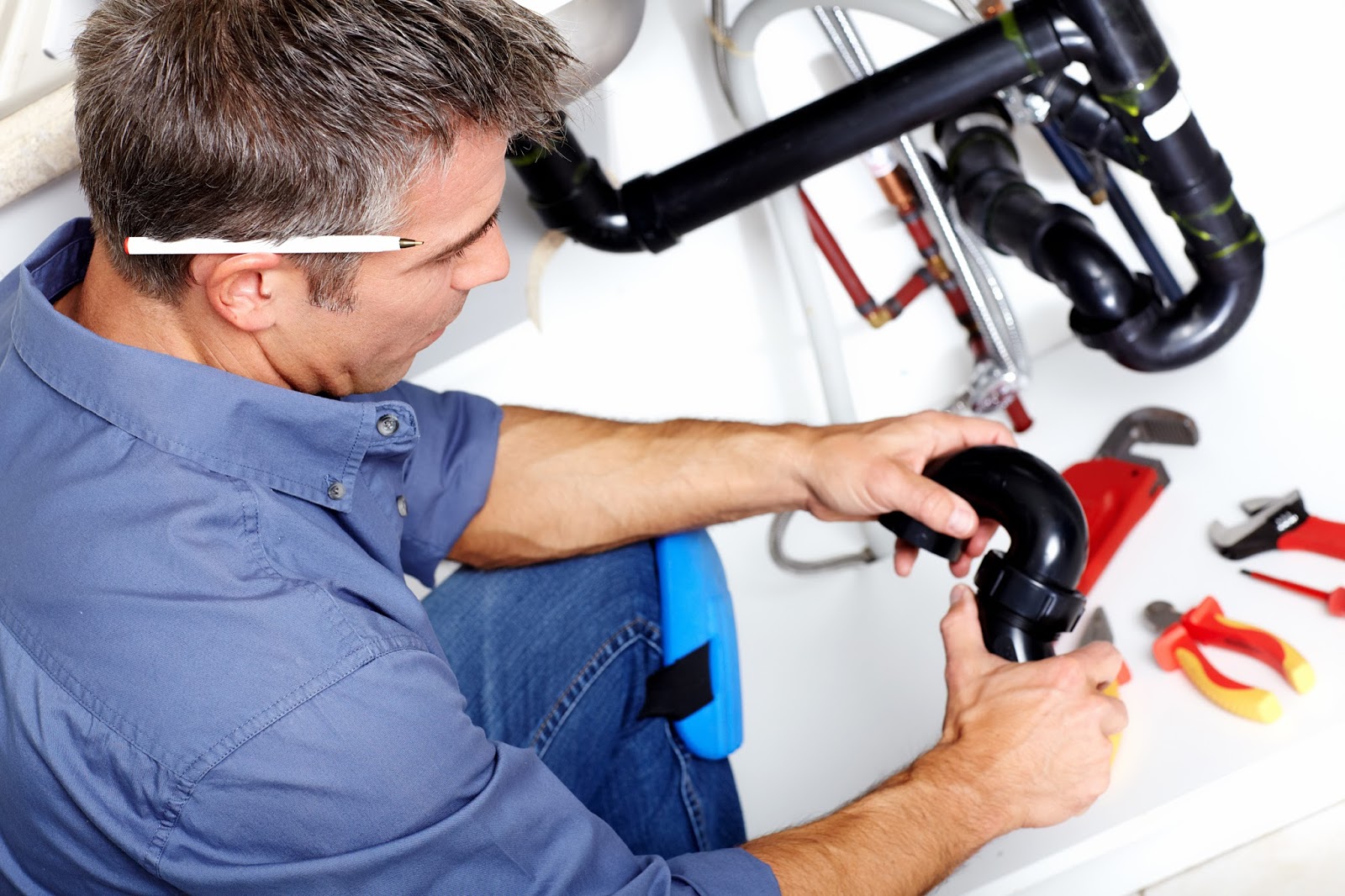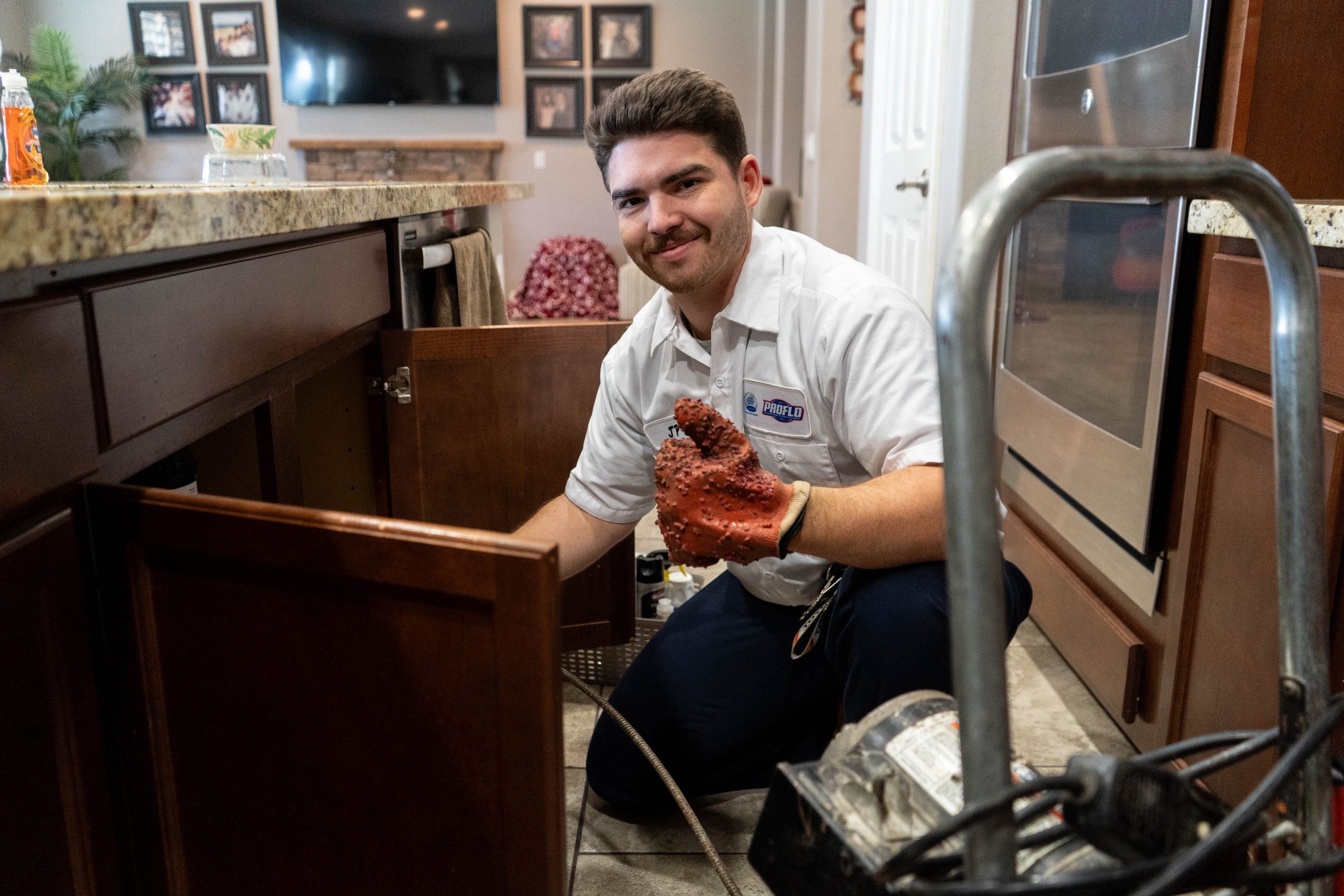Helpful Guidance for Solving Plumbing Issues in Older Homes
Helpful Guidance for Solving Plumbing Issues in Older Homes
Blog Article
This post below pertaining to Plumbing Problems In Old Homes is totally fascinating. Read it for yourself and decide what you think about it.

Older homes often come with beauty, personality, and background, yet they can likewise bring a host of pipes problems. Whether you're taking care of maturing pipes, low water pressure, or leakages, understanding just how to attend to these common troubles is vital to maintaining a safe and functional home. In this guide, we'll explore the common plumbing challenges encountered by older homes and offer useful remedies to maintain your pipes in leading shape.
Comprehending Usual Pipes Problems
Aging Pipes
Among the most common concerns in older homes is aging pipes. Depending upon the period in which your home was developed, the pipes could be made from materials that have actually degraded in time, such as galvanized steel, cast iron, or perhaps lead. These products can corrode, come to be breakable, or establish leaks, leading to water damages and possible health hazards.
Low Tide Pressure
If you're experiencing low water stress, it could be because of mineral deposits, deterioration inside the pipes, or old fixtures that are no longer operating efficiently. This can be a significant inconvenience, particularly in locations like showers and sinks.
Leaking Pipes
Leakages are another constant problem in older homes, commonly brought on by corroded or damaged pipelines. Also small leaks can result in significant water damages, mold growth, and boosted water bills otherwise attended to without delay.
Outdated Fixtures
Out-of-date plumbing components such as faucets, bathrooms, and showerheads not just look old however might likewise be much less efficient, vulnerable to leakages, or inappropriate with modern pipes requirements.
Pipe Rust
Rust is an usual issue in older pipes, particularly those made from galvanized steel or cast iron. Corroded pipelines can limit water circulation, cause staining, and ultimately lead to leakages or pipeline bursts.
Examining the Problem of Your Pipes
Checking Visible Pipelines
Beginning by examining any visible pipes in your house, such as those in basements, crawl spaces, or under sinks. Search for signs of corrosion, leakages, or corrosion, which can show underlying concerns.
Looking for Leaks
Check for leakages by evaluating locations around faucets, commodes, and under sinks. You can additionally check your water meter before and after a period of no water make use of to detect hidden leakages.
Water High Quality Testing
Older pipes can impact the quality of your water. Conduct a water quality examination to check for contaminants such as lead, rust, or various other contaminations that may be introduced by aging pipelines.
Solutions for Usual Pipes Issues
Replacing Aging Pipes
If your home has old, weakening pipes, think about replacing them with modern products like copper or PEX. This can be a substantial financial investment, however it will certainly stop future problems and enhance the security and dependability of your pipes system.
Dealing With Low Tide Stress
To deal with low tide pressure, begin by cleansing or changing old fixtures and getting rid of mineral buildup in the pipelines. If the issue lingers, it may be needed to replace areas of rusty pipelines.
Repairing and Replacing Dripping Pipelines
For little leakages, you can make use of pipe clamps or epoxy putty as a momentary repair. However, it's finest to replace leaking pipes totally to avoid additional damages.
Updating Fixtures
Updating old fixtures to modern-day, water-efficient designs can improve your home's pipes efficiency and lower water intake. Seek components with the WaterSense label for the very best performance.
Managing Pipeline Corrosion
If your pipes are rusted, changing them with corrosion-resistant materials like copper, PVC, or PEX is the best service. Normal inspections and water high quality upkeep can aid protect against additionally deterioration.
When to Call a Specialist
While some pipes issues can be managed with do it yourself options, there are times when it's ideal to call in a professional. If you're taking care of major leaks, substantial deterioration, or are unsure regarding the problem of your pipes, a certified plumbing professional can provide experienced analysis and repair.
Preventive Upkeep Tips
Routine Examinations
Frequently evaluate your plumbing system for indicators of wear and tear. Catching problems early can stop expensive repair services down the line.
Water Stress Law
Ensure your water pressure is within the advised array to stay clear of emphasizing your pipes and components. A plumbing professional can install a stress regulatory authority if needed.
Water Quality Upkeep
Set up water filters or softeners if your water top quality is poor. This can secure your pipelines and components from damage brought on by difficult water or contaminants.
Aggressive Pipe Replacement
If your home has older pipelines, think about proactive substitute prior to major concerns occur. This can save you from emergency repair work and water damage.
Verdict
Taking care of plumbing issues in older homes calls for a combination of vigilance, preventative upkeep, and timely upgrades. By understanding the usual difficulties and knowing when to seek professional aid, you can guarantee your plumbing system continues to be practical and trustworthy for several years to find.
7 Common Plumbing Issues in Older Homes
Read More Plumbing Articles
Whether you're mulling over purchasing your dream period property, or you already own one, being aware of common plumbing problems in old homes can help you avoid expensive mishaps.
Many plumbing problems in old homes are similar to those faced in newer properties, but some are more prevalent in houses over a certain age. If you've recently bought an old house or haven't had your aging plumbing system inspected in a while, it's worth keeping an eye out for the following issues:
Bad Pipe Materials
Depending on the age of your home, the pipe materials used in your plumbing system may not comply with modern building codes and could be unsafe.
Lead pipes are the most dangerous type of old plumbing pipes. This metal was once used extensively for manufacturing water pipes because it's easy to shape and has a long lifespan. Plumbers also used it to solder joints between pipes made from other materials. However, lead can cause serious health problems, particularly in children. Drinking water from pipes containing lead can lead to lead poisoning symptoms, such as stomach pain and fatigue, so it's essential to replace them if you discover them in your home.
Outdated Fixtures
Even if the previous owners installed high-quality fixtures, these won't be immune to the effects of age and wear and tear. Over time, fixtures can corrode and wear down, increasing the likelihood of leaks and clogs.
Sometimes, an outdated fixture can be a minor irritation that makes using your plumbing system less convenient. However, it's best to maintain older plumbing components carefully and replace them when they show signs of failure to avoid a major leak and water damage.
Corroded or Leaking Pipes
Corroded pipes are a common plumbing issue in old homes. Corrosive substances in the water supply can gradually break down the metal used to make the pipes, eventually causing leaks. Corrosion can also cause sediment to build up, increasing the chances of a clogged pipe. All these issues take time to develop, making them more likely in old house plumbing.
Drain Problems
Older home drainage systems were often installed before the arrival of appliances such as garbage disposals, so they're frequently incapable of handling modern household usage. The result could be frequent clogs or water backing up into sinks and other fixtures.
A failing sewer line is the most serious drainage issue commonly encountered in old houses. This problem is more likely if you've remodeled your home to add more fixtures, placing more pressure on a sewer line not designed for the purpose. Eventually, the line can become clogged, causing unpleasant indoor smells, poor drainage and contaminated wastewater backing up into your fixtures.
Pipe Bellies
Pipe bellies develop when pipes buried in your home's foundation start sagging as the building settles. They create downward slopes, affecting water drainage and increasing the risk of significant blockages. You don't need to worry about pipe bellies in a pressurized main line, as the water pressure prevents the pipes from clogging, but they can cause issues in drain lines.
Root Intrusion
Root intrusion occurs when trees and other shrubs grow roots too close to your sewer line or water service line. Sometimes, the roots penetrate the pipe walls, leading to leaks and soft or wet areas in your yard.
Unfortunately, root intrusion is a more common plumbing problem in old homes. That's because older houses are more likely to have pipe bellies allowing standing water to accumulate, attracting roots to the moist conditions.
https://www.elocal.com/resources/home-improvement/plumbing/faq/plumbing-issues-in-older-homes/

I am very eager about and I am hoping you liked the blog post. Remember to take the opportunity to promote this content if you liked it. Bless you for your time. Kindly pay a visit to our site back soon.
Call Today Report this page